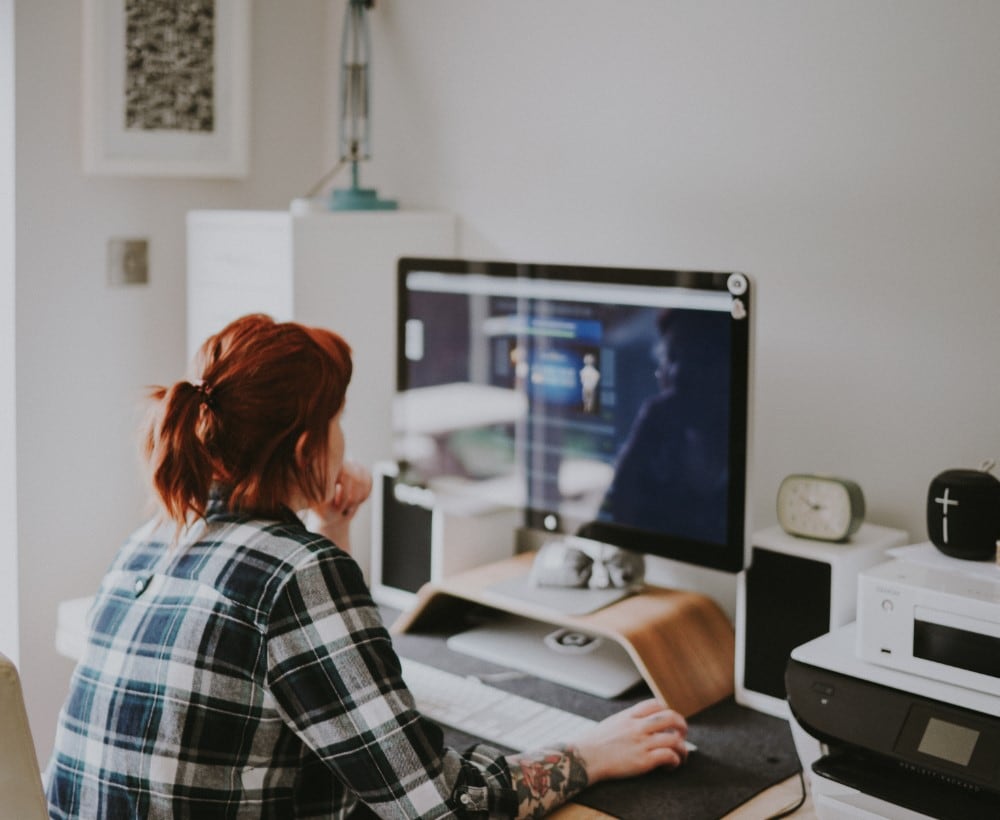
Upper back pain is one of the common issues most working and non-working individuals can have. This can range from painful muscles to other uncomfortable sensations. Often, back pain is present to those inactive people doing office or any desk-related jobs and can arise to those who are not working at all. However, it can also be a result of overworking.
What Causes Upper Back Pain?
There are several reasons why people experience upper back pain.
Poor Posture
The top contributor is poor posture brought about by sitting all day long or incorrect movement. Sitting down for too long can cause your muscles to decondition. Leaning onto something for an extended period may lead to strains and can weaken the muscles. On the other hand, upper back pain can also be a result of muscle overuse. This pertains to continuous or repetitive lifting or carrying of heavy objects.
Injuries
Another contributing factor to upper back pain is injury brought about by accidents. Traumatic injuries are results of either vehicular accidents, work-related and slipping incidents that lead to back damage.
Fractured bones or severe issues might require surgery and medications or might put the person at risk of various complications.
Spinal Deformity
Commonly known as scoliosis, deformity, or abnormal alignment of the vertebral column can result in severe upper back pain. This happens when the joints are longer able to support the posture. The spinal deformity can be an inborn defect, product of injury, or cause of aging.
Herniated discs
One other reason to experience back pain is the herniated discs. This happens when a piece of our back discs puts pressure on the spine. As an effect, the condition can carry significant pain up until the middle of the back. The weakening of arms and legs can also be experienced.
Osteoarthritis
Having the condition known as Osteoarthritis can also be a factor in back pains. This condition is primarily related to the bones and joints. According to the National Institute of Aging, too much stress on joints and excessive weight contributes to having osteoarthritis.
Myofascial pain
Myofascial pain can lead to upper back pain as it came from connective tissue in the back of a person. This may continue and last over a long period, especially to those who underwent surgeries.
Fibromyalgia
Another origin of upper back pain is fibromyalgia. This is a chronic syndrome that causes joints and muscles to be inflamed. As another type of rheumatic condition, symptoms might be confused with those of arthritic experiences.
Symptoms of Upper Back Pain
Ranges of upper back pain might vary to the severity of the condition. Being mindful of the symptoms might help the person to detect them as early as possible.
Sharp pain
Experiencing sharp pain in areas of the back can be an early symptom. The pain might get worse over time, and this could be an indication.
Numbness
The lost or altered sensation on areas of arms, legs, chest, or belly is another symptom. It may happen to one or both arms and legs in some cases.
Loss of bowel
Loss of bowel movement or bladder control can be an indication. The bladder and back are close together; thus, it may affect back muscles that lead to pain.
Tight or stiff muscles
Muscle strains caused by tension due to overworking, incorrect posture, and injuries can be another manifestation.
Preventing Upper Back Pain
Upper back pain and further complications and problems can be prevented if proper attention and care have been implemented. Early actions require minimal effort but will save a person from having upper back pain. Here are a few steps to follow:
- Practice good posture. Whatever activity to perform, it is crucial to be mindful of your posture. If the job is desk-related, take some breaks to stand and relax the body. Refrain from sitting for an extended period.
It is also helpful if you will use an ergonomic chair at work to support your back. Choose a chair with lumbar support, headrest, armrest, and comfortable cushion.
- Regular exercising. Exercises would be a great help to maintain good back condition. Perform cardio workouts with an appropriate level of training. Don’t forget to do stretching on the neck, shoulders, upper, mid, and lower back for balance.
- Stay active. Engaging in other activities can be a good form of exercise as well. Going for a walk or hike is a good option. This can also help build endurance that will lessen the risk of back pain.
- Achieve a healthy weight. Being overweight can lead to back problems. Having a balanced diet will be beneficial to achieve a good weight. It would be helpful to supply the bones and the muscles with the nutrition it needs to function well.
- Quit Smoking. If a person is smoking, quitting the habit would be a great help. Studies prove that nicotine contributes to back pain and restricts the normal flow of blood in the body.
- Proper lifting. Some jobs require people to lift objects, even while doing house chores. As proper care, assess the object’s weight beforehand. If lifting is not necessary, pushing it properly can be an option. If lifting is required, position the body right and do the best way to grip and hold the object.
- Get a good amount of sleep and manage stress. Sleep is proven to be the best way to relieve and reduce stress. Regular good sleep can save a person from developing back pains as it will restore the body and its functions.
- Increase calcium and vitamin D intake. Some causes of back pain are the results of weak bones. Strengthen bones by consuming the proper amount of calcium and vitamin D from healthy foods and vitamins.
Few people don’t mind upper back pains at an early stage, thinking that it is normal and bearable. Keep in mind that it can worsen and may lead to serious health problems if not being treated and prevented as early as possible. Paying serious attention to causes, symptoms, and prevention would save one from having it in the future.





